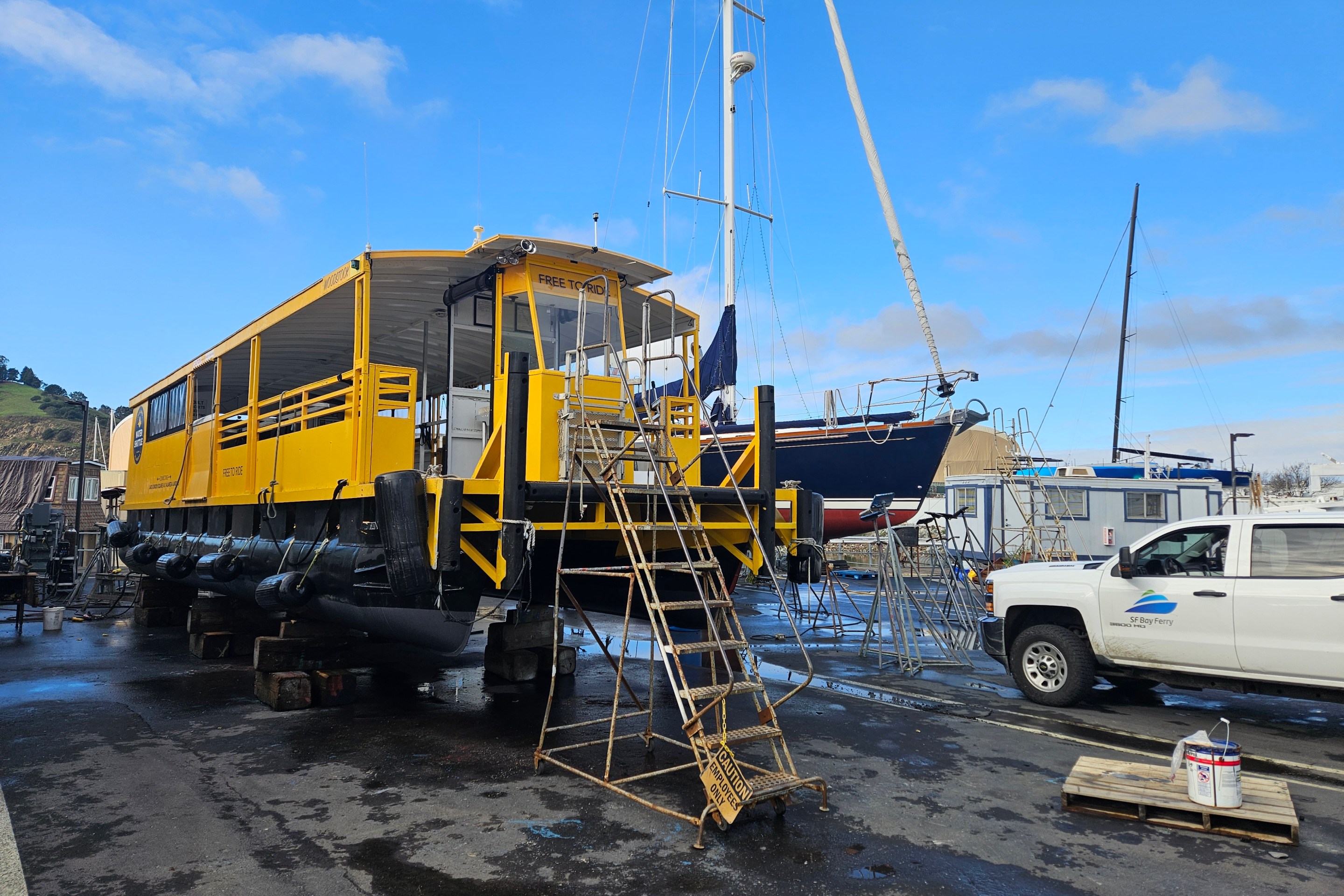Tearing down highways, as New Haven, Connecticut is planning to do to a short section of Route 34, is a rare (though increasingly sought after) outcome in American transportation policy. Some highway removals are unintended consequences of neglect or disaster, like the collapse of New York's Miller Highway and the damage caused to San Francisco's Embarcadero Freeway by the 1989 Loma Prieta earthquake. Others are planned interventions, like Milwaukee's removal of the Park East Freeway. But the New Haven project is the first planned highway teardown to receive funding from the federal government, which awarded the project a TIGER grant in 2010.
In many ways, transportation planning in the United States -- which for decades has focused on adding more lanes to squeeze in more cars -- has yet to catch up to this kind of project. What's interesting is how the feds have funded an effort to turn a piece of infrastructure designed to move cars into a multi-modal, urban place, while at the same time requiring the replacement to operate much like a highway.
As Streetsblog reported earlier this year, the New Haven project, while a significant step forward, isn't replacing the highway with a very pedestrian-friendly street. In the latest development, city officials dumped hard-won safety features -- two pedestrian refuges nicknamed Porkchop Island and Meatloaf Island, for their shape -- citing concerns that they would create hazardous conditions, which prompted local advocates to say the city has prioritized traffic over pedestrians and cyclists. UPDATED 2:54 p.m.: City officials tell us that "meatloaf island," the northern pedestrian island, has been reincorporated into the plans.
City officials responded that they have done everything they can to accommodate pedestrians within the framework provided by Connecticut DOT and the Federal Highway Administration. And in many ways the design does go beyond what is prescribed by the higher powers, namely the design manuals published by ConnDOT and the American Association of State Highway and Transportation Officials. Because Route 34 is both part of the national highway system and a state highway, New Haven must get exemptions when departing from the standards in those guides.
To arrive at the current design, New Haven had to seek more than half a dozen waivers from ConnDOT and FHWA. They won approval from FHWA to narrow the travel lanes from 11 feet to 10 feet. They needed a waiver to eliminate 2-foot shoulders. They also won a waiver to reduce turning radii to make the road less highway-like and more pleasant for a stroll.
Then there were waivers from ConnDOT. The city needed waivers to do bike boxes, raised intersections, and pedestrian-only-phase signal timing, even though Connecticut has a state-wide complete streets policy.
New Haven officials said they received every waiver they applied for and that FHWA and ConnDOT had gone out of the way to accommodate them. But officials said there were regulatory and practical constraints in how far they could go for pedestrians and cyclists.
"The state has really worked with us," said Donna Hall, a project manager with New Haven's City Plan Department. "At the end of the day, a firetruck has to be able to make a corner. You do reach that point where you really can’t push the limits anymore."
The Tri-State Transportation Campaign has been both a supporter and a constructive critic of New Haven's plan. They think the city can do better than removing pedestrian islands.
"You're making the assumption that you need five lanes of traffic," said TSTC's Steven Higashide, adding that he thought the city was under a fair amount of pressure from the state on that point. "We hope the improvements that have been outlined so far will make the area safer and more pleasant, but they don't go as far as we'd hoped for."
Meanwhile, Mike Piscitelli, New Haven's Deputy Economic Development Minister, says the city worked hard to justify reducing the road to even five lanes.
"We were really challenged with the forecast traffic volumes," he said. The city fought against a standard that would have required they assume one percent annual growth in traffic volume out to 2035. (For more on the pseudoscience of traffic forecasting and its pernicious effects, these posts from Gary Toth and Charles Marohn are a good start.)
"More traditional traffic engineers would want six lanes here," he said.





